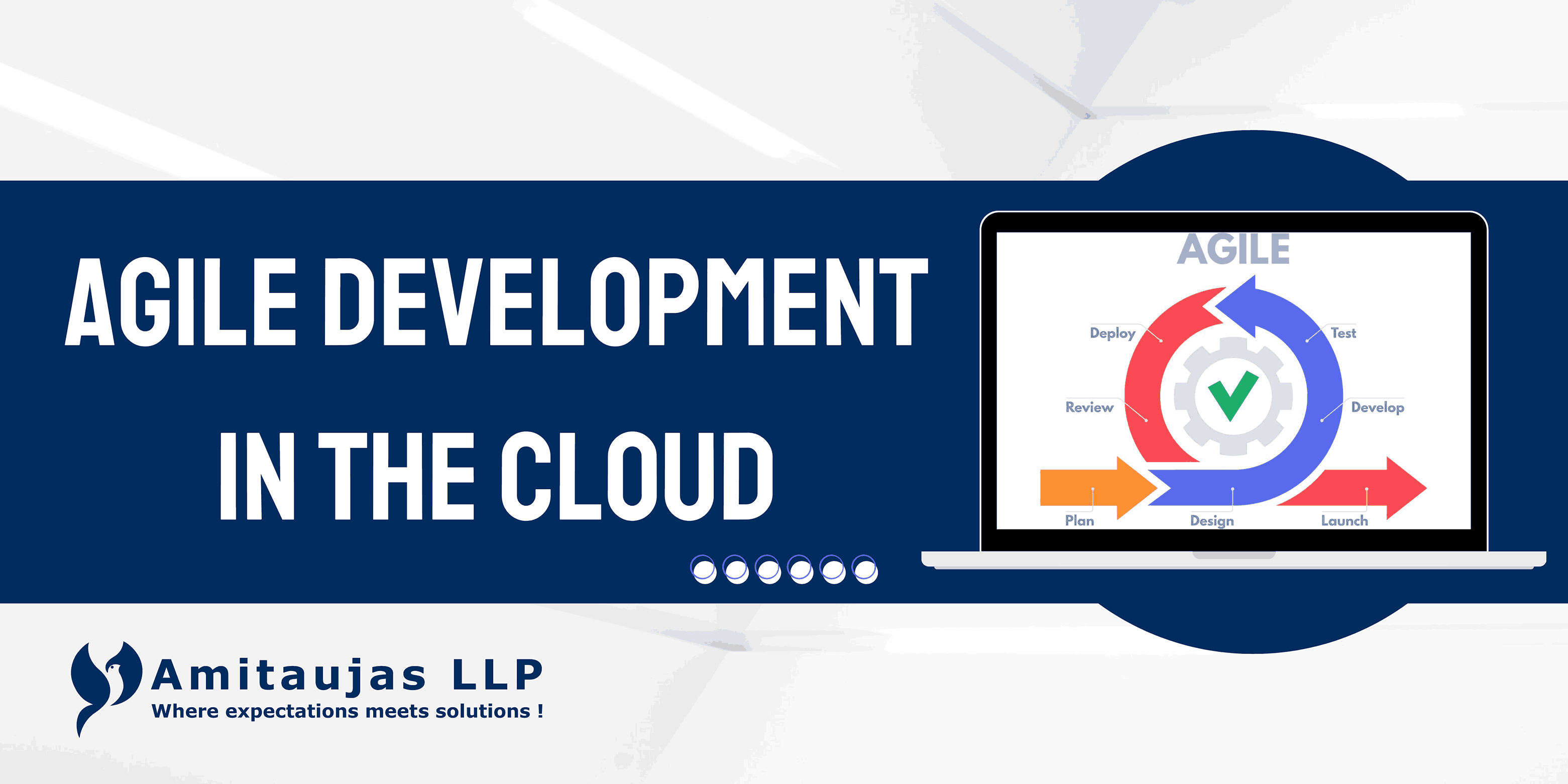
Agile Development in the Cloud
The combination of agile methods and cloud computing is changing the landscape of software development, offering unprecedented flexibility, scalability, and collaboration capabilities. Agile's iterative and collaborative approach to software development thrives in a cloud environment, where dynamic and flexible resources are the norm. Let's dive deeper into how agile development is enabled by cloud technologies and explore new features and opportunities that weren't available before.1. Scalability and Flexibility
2. Continuous Integration and Continuous Delivery (CI/CD) at Scale
3. Enable Collaboration and Innovation
4. Efficient and Flexible Infrastructure
5. Embedded Security and Agile Compliance
6. Advanced Monitoring, Analytics, and Feedback Loops
7. Agility and Disaster Recovery
8. Cultural Change and Organizational Capacity
